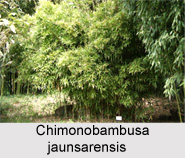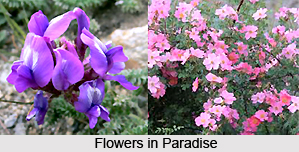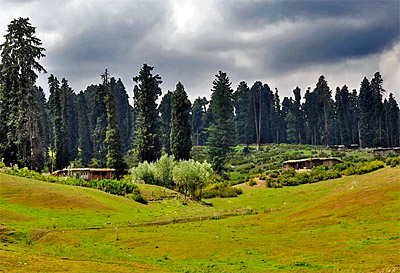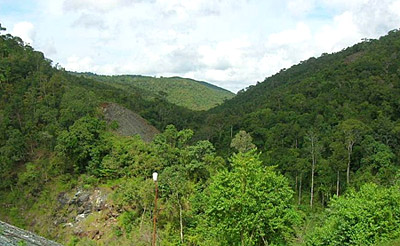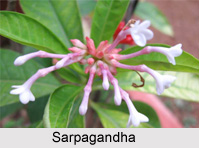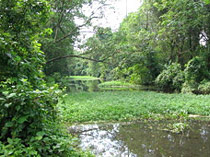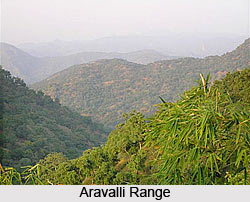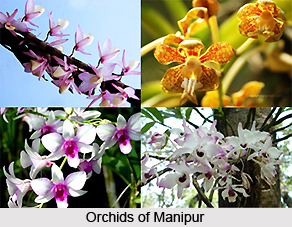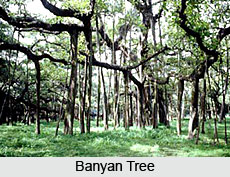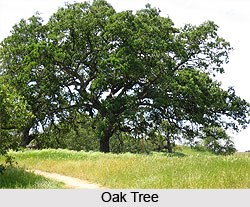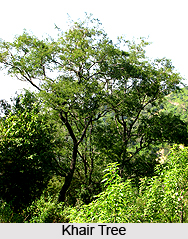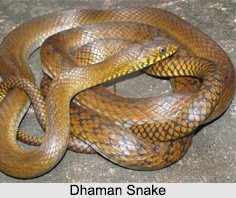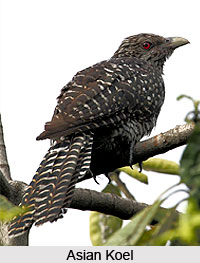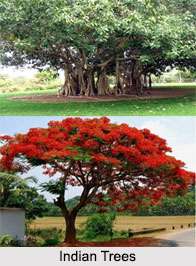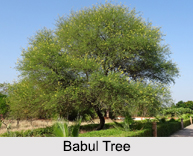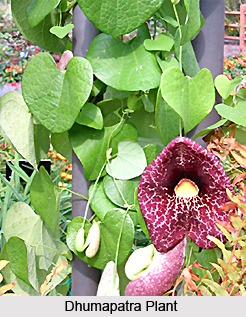 Dhumapatra, scientifically Aristolochiaceae, is an Indian medicinal plant. It is also known as Gudhatee and Kidamari in Gujarati; while Bhringi, Gandan and Kiramar in Hindi; and in Kannada, this plant is called Adumuttadagida, Kuri Gida and Sanajali-hullu. Dhumapatra is called Aduthinnapala, Atutinlap and Karalakam in Malayalam, while Gandhani, Gaval and Kidamar in Marathi. In Oriya, Dhumapatra is called Paniri and in Sanskrit, it is known as Kitamari. In Tamil, it is called Aduthinnappalai, in English, Bracteated Birthwort and in Telugu it is called Gadaparaku, Gagidadapaku, Gadide and Kadapara.
Dhumapatra, scientifically Aristolochiaceae, is an Indian medicinal plant. It is also known as Gudhatee and Kidamari in Gujarati; while Bhringi, Gandan and Kiramar in Hindi; and in Kannada, this plant is called Adumuttadagida, Kuri Gida and Sanajali-hullu. Dhumapatra is called Aduthinnapala, Atutinlap and Karalakam in Malayalam, while Gandhani, Gaval and Kidamar in Marathi. In Oriya, Dhumapatra is called Paniri and in Sanskrit, it is known as Kitamari. In Tamil, it is called Aduthinnappalai, in English, Bracteated Birthwort and in Telugu it is called Gadaparaku, Gagidadapaku, Gadide and Kadapara.
Dhumapatra is a slender, horizontal or decumbent, perennial herb with a thick rootstock. It is widely available in the sub tropical regions of Indian subcontinent. Northern and Central India, starting from Haryana to West Bengal and southwards to Tamil Nadu and Kerala can be easily spotted with abundance of Dhumapatra trees. Dhumapatra is common in dry areas, particularly on black cotton soils that usually grow as a weed. All parts of Dhumapatra plant are nauseatingly bitter. Although this medicinal plant is used in customary treatments, the plant may be lethal to humans and livestock.
The stems of Dhumapatra are around 30-45-cms long with striate branches. The leaves of Dhumapatra are variable in size and shape; they are reniform or generally ovate, usually wide and thin that join at the base, margins are crenulate. The undulating petioles are almost up to 3 cm long. The solitary flower of Dhumapatra possesses a perianth of about 2.5-5 cms in length with a subglobose base. The tube is cylindrical with trumpet-shaped mouth and linear, dark purple lip; the interior is glandular and hairy. The Dhumapatra fruit is oblong-ellipsoid in shape and has 12 ribs. The compressed seeds are deltoid with cordate base, black on one side and whitish on the other.
Dhumapatra plant is widely used in traditional Indian medicine for its bitter, emmenagogue, anthelmintic, alterative and purgative traits. A concoction of the whole, dried plant is used as an emmenagogue and anthelmintic. The dried, powdered root of Dhumapatra or its blend is used in Sind to increase contractions during delivery of a child. A mixture of the Dhumapatra roots is used to push out roundworms. The root juice is also used a mouthwash to promote healing of aphthous ulcers among the tribal inhabitants of southern Andhra Pradesh. The black-and-blue leaves of Dhumapatra are sometimes mixed with castor oil that are applied externally to treat eczema, boils and wounds, and the leaf juice is used to clean infected ulcers. In Rajasthan, the Dhumapatra seeds are mixed with water and applied to soften hair.
